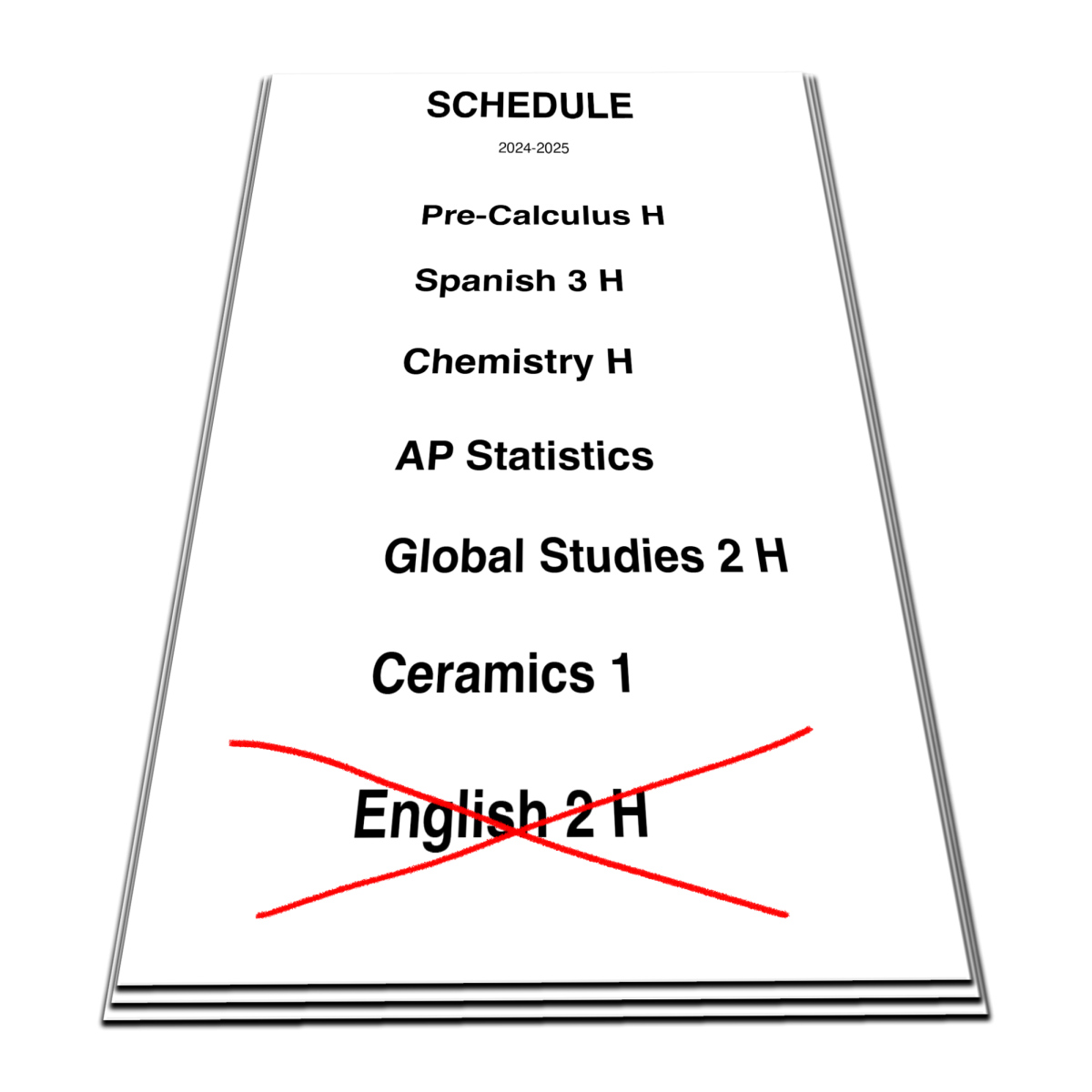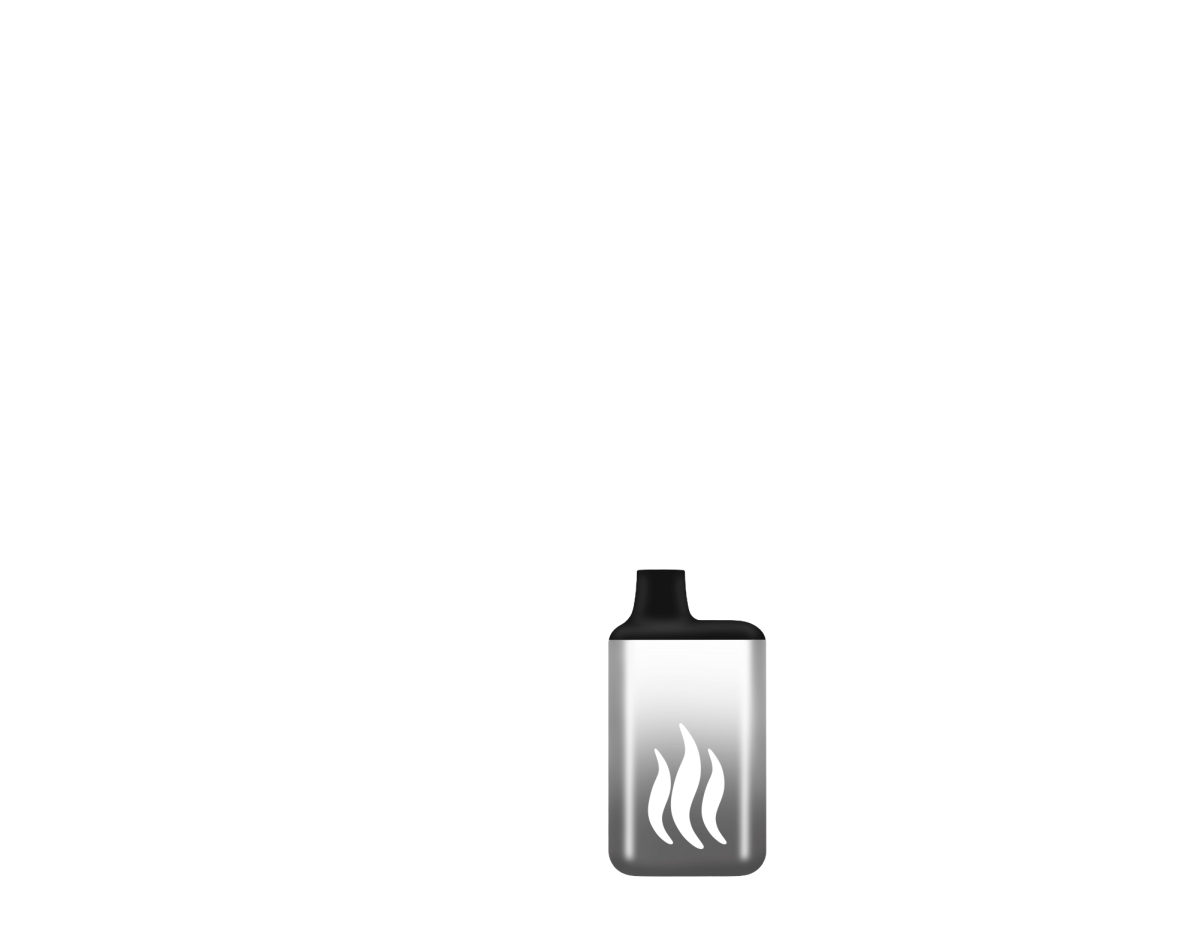Like every freshman class before, the class of 2028 faced a vapid requirement in their course selection: English 2. English 2 presents itself as an opportunity for novel discourse centered around American identity. However, the course content, however novel it purports to be, almost entirely overlaps the content of English 1. English 1 and English 2 vary little in subject matter and cover nearly the same skill set. This raises the question: is English 2 still a worthwhile use of students’ time?
Simply put: it isn’t. The repetitive curriculum of English 2 is the primary reason it should be removed, or at least made optional. According to the LMSD High School planning guide for 2025-2026, through English 1’s “varied authorial and cultural experiences, students gain insight into their roles and responsibilities within ‘a community,’” while English 2 “focuses on the study of canonical and contemporary American literature.” Though these aims seem different enough, critical examination reveals their similarity. Because our community is America, English 1’s focus on global and local communities is really just a focus on America’s role in the world and our role in America. This aligns almost identically with English 2’s focus on America and American identity.
Their similarity is further represented in the literature of English 1, most of which directly relates to the American Dream. The Poet X, A Pho Love Story, and All the Stars Denied—three 2022-2023 English 1 summer reading books—as well as the second part of The Kite Runner, center around the main character’s troubles assimilating to American culture and ideals. This theme of struggling to assimilate parallels those in English 2’s “canonical” American texts like I Know Why the Caged Bird Sings and The House on Mango Street. Inversely, English 2 texts like Parable of the Sower and The Hunger Games center around the roles and responsibilities of main characters in their respective communities, resulting in nearly indistinguishable curricula across English 1 and 2.
The real cost of a repetitive curriculum is opportunity. A mandatory sophomore English course occupies time which could be used for one of LMSD’s numerous upperclassmen English courses, which have seen major expansion with the introduction of Voices in African American Literature, Film and Literature, and Sports in Literature in the 2020-2021 school year. For students who consign their upperclassmen years to the AP English courses, English 2 precludes enrollment in any of the more concentrated courses that the English Department has put so much effort into being able to offer, or forces these students to sacrifice an elective slot and manage two English classes at the same time. English 2 is a major impediment to the academic appetite of LM’s most avid students.
It is vital to note that English 2 isn’t the first extraneous English course: prior to the 2020-2021 school year, an English 3 course was required for Juniors who didn’t take AP Lang, and was still offered until the 2022-2023 year. The way LMSD weaned itself off of English 3 can serve as a model for how it can jettison English 2; the course could go from required to optional, and then, pending its necessity, may be eliminated. Deborah Gavin, who taught English 3 until its discontinuation and currently teaches English 1H, said that the removal of English 3 “opened up opportunity for students, and I think it was mostly about student choice.” Much of the current English 2 content came from the English 3 course, which included the focus on American literature. According to Gavin, “When the direction of the courses changed, some of the key texts from English 3 moved to other courses. For example, The Great Gatsby is now taught in English 2, and other aspects of the course are things that students can now experience across the menu of courses that are offered for eleventh and twelfth graders.” Now, just as with English 2, LMSD can transplant whatever duty it has to teach American literature into English 1, resulting in minimally noticeable change due to the existing overlap.
Some argue that English 2 class is necessary to prepare sophomores for the Literature Keystone Exam. Even in this respect, for many students, English 2 is superfluous. The English 1 midterm exam is made to mimic the Keystone; students are given unfamiliar passages with multiple choice questions and constructed response prompts. Gavin, who teaches three English 1H classes, says that “they were structured with objectives in mind that very much are those that are tested on the Keystone.” Across her 64 students, the average score was 84 percent, a score that, even three semesters in advance, already passes the threshold for proficiency on the Keystone. “The majority of them would probably be in good shape to pass the Keystone at the end of ninth grade,” Gavin believes. Across twelve English 1H classes at LM and a similar share at Harriton, the district is likely looking at hundreds of students who will spend their next year of English in a repetitive, ineffective class.






